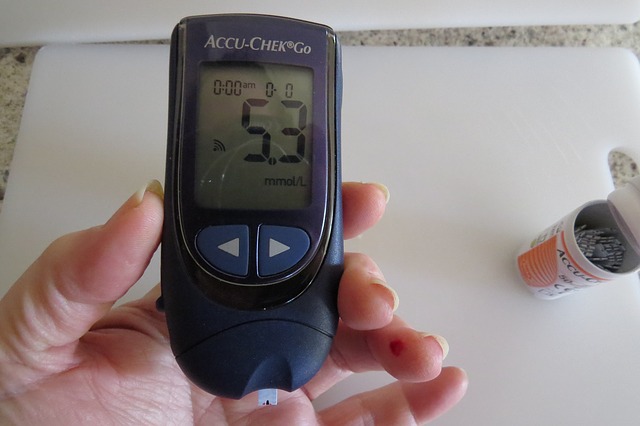A new device the size of a smartphone that will help type-1 diabetes patients better monitor their blood sugar levels is expected to be released in 2018. Called an artificial pancreas, the device will also be able to automatically inject patients with the correct amount of insulin, GizMag reports.
The artificial pancreas can be attached to a patient’s clothing to monitor glucose levels, and will administer insulin via patches on the skin.
Roman Hokorva and Hood Thabit, the researchers behind this innovative project, said that they have compared study findings and evaluated how adults and children responded to their device. The University of Cambridge, UK researchers found that the artificial pancreas had successfully managed type-1 diabetes and have also reduced the time patients take to address their problematic sugar levels compared to self-administering techniques.
Hokorva and Thabit sid that due to the success rate of their studies, the device could possibly replace the need for pancreas transplants in the future. By 2017, the device will be available in the United States and in 2018, the UK and Europe.
The artificial pancreas is currently undergoing scrutiny by various scientists and medical researchers to assess its reliability, conveniences, accuracy of glucose monitors and cybersecurity to prevent hacks to the devices.
The researchers said,
In trials to date, users have been positive about how use of an artificial pancreas gives them ‘time off’ or a ‘holiday’ from their diabetes management, since the system is managing their blood sugar effectively without the need for constant monitoring by the user.
Around 1.25 million children and adults suffer from type-1 diabetes in the USA. The current treatments used require patients to manually monitor their blood sugar levels multiple times a day using finger-blood prick tests and if the sugar readings are low, an insulin pump may be required.
The insulin pumps are those that get attached to patients’ clothing in this new device. A base-line level of insulin is administered through a catheter under the skin, so the artificial pancreas combines two processes in just one closed-loop type system.
A needle under the patient’s skin continuously monitors glucose levels, which also automatically discharges insulin when required. This eases the burden of constant self-care and ensures there is a healthy, normal level of glucose at all times.
Researchers are continuing to work on perfecting the artificial pancreas, including addressing the challenge that insulin pumps are not able to reach their peak levels in the bloodstream from 30 minutes to two hours after injection.
The good news is that the US Food and Drug Administration is looking into a proposal of one artificial pancreas system, while the UK National Institute for Health Research has predicted that the closed-loop artificial pancreas system will be available by the end of 2018.
























